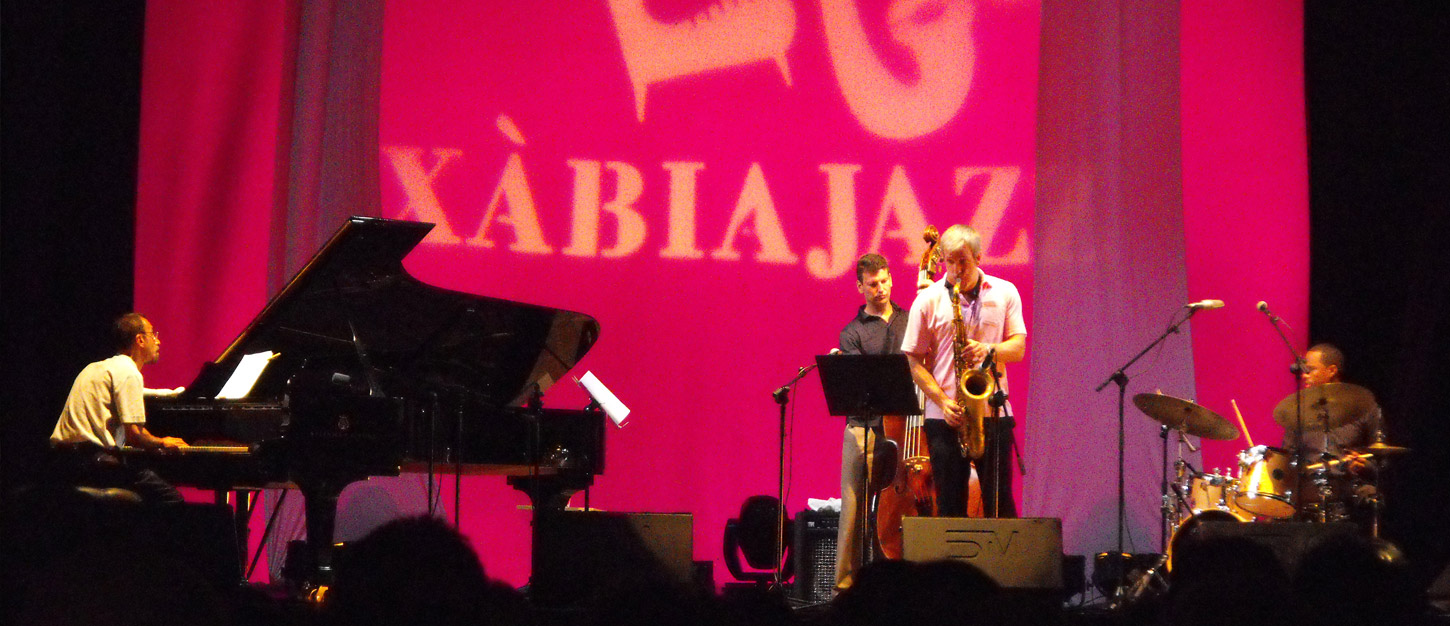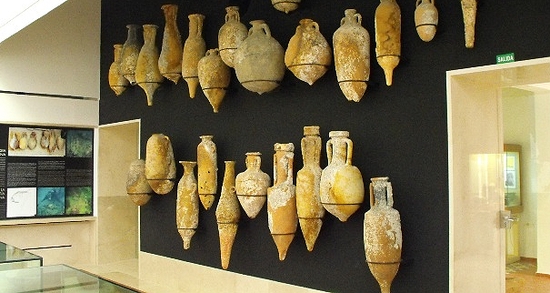

History
The Xàbia valley’s privileged and strategic location facilitated the settlement of all the major Mediterranean civilizations and cultures which have left their mark and heritage in our municipality.
From prehistoric times until the Christian feudal conquest, various differentiated periods have taken place throughout centuries whose rich historical and cultural legacy continue to this day.
The oldest evidence of human settlement in Xàbia was discovered in the Cave: Cova Foradada; it corresponds to the Upper Paleolithic or Late Stone Age and dated to be over 30,000 years old. These scarce remains belong to small nomad groups which occupied this cave on a seasonal basis. They were hunter and forager societies.
The first occupancy of the Cave: Cova del Montgó also dates back to the Upper Paleolithic Age where ceramic fragments and collective burial remains have been discovered in Neolithic Caves as well as the first metal tools from the Bronze Age. In the Cave: Cova del Barranc de Migdía, there is a Neolithic Collective Burial site with a highly important set of schematic cave paintings with a religious or worship significance. Ruins from the Bronze Age have been found from small settlements located on hill summits such as Sta. Llúcia, Cap Prim, Alt de Capsades, els Tossalets, etc.
The evolution of the Bronze Age settlements and the influences and trade contacts with the Phoenicians and to a lesser degree with the Greeks give rise to the Iberian Culture (5th Century B.C.), where we highlight the "Tesoro Ibérico de Xàbia" (Iberian Treasure of Xàbia), which was accidentally discovered in the Lluca district in 1904 and consists of diverse gold and silver artefacts from 4th Century B.C. – 2nd Century A.D.
From the Roman Age, we highlight the Muntanyar Necropolis, the site of a salted fish factory in the Arenal Beach point, known as “els Banys de la Reina” (The Queen’s Baths) and Sèquia de la Nòria (Waterwheel Drying Place), the latter related to the salted foods industry. From the Islamic Period, we can detect visible evidence in our culture not only by means of the archaeological ruins but also by means of the words themselves which we still use to refer to many locations of our municipality.
The Christian conquest heralded the Medieval Period which is well represented in Xàbia’s architecture. In the Modern Period, Xàbia experienced major economic development due to the Raisin export and trade, as shown by its significant urban development and infrastructures such as the construction of the Port and other sites which no longer exist such as a Theatre, the Pelota Court (Trinquete) and the Bullring .
Additional Information





